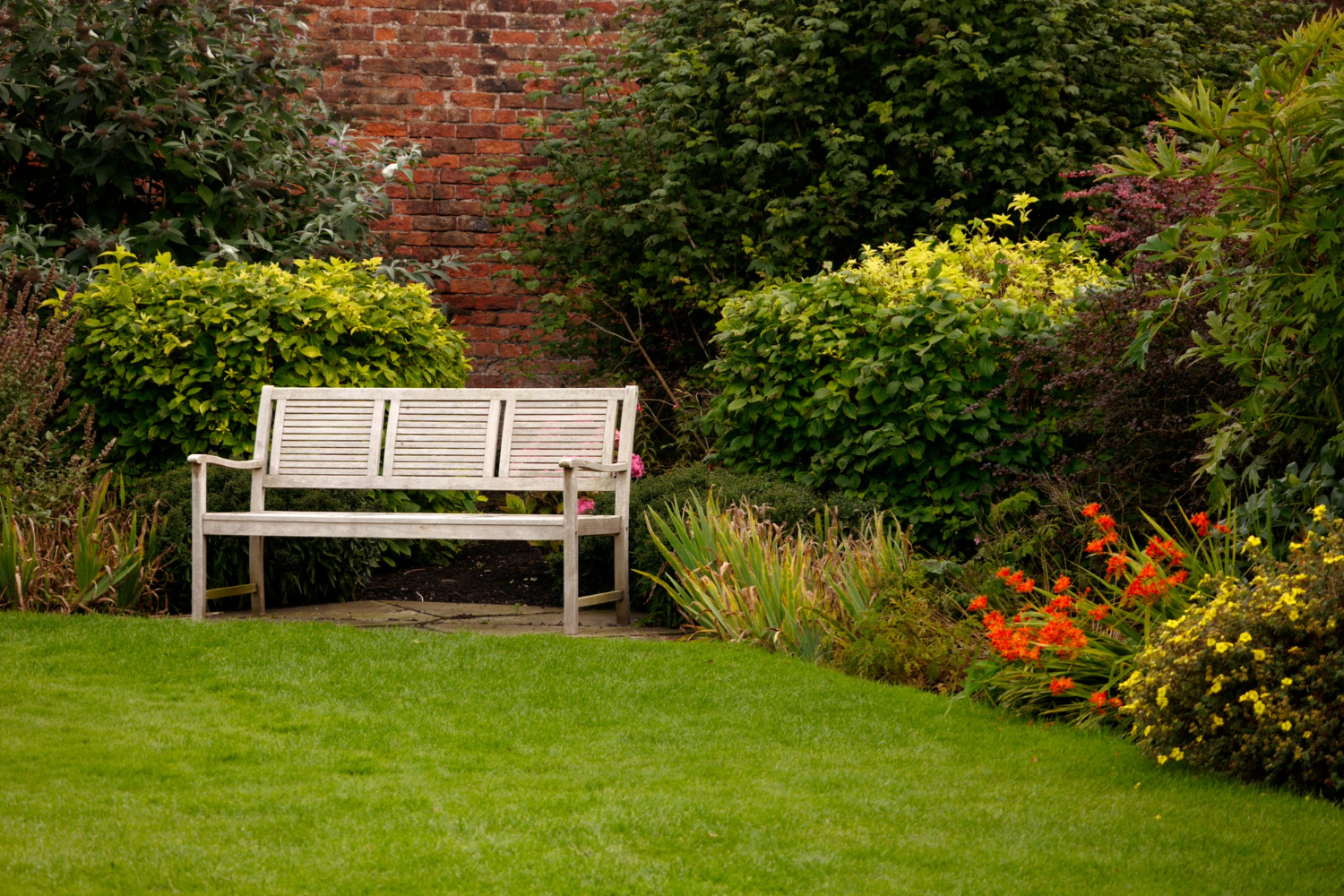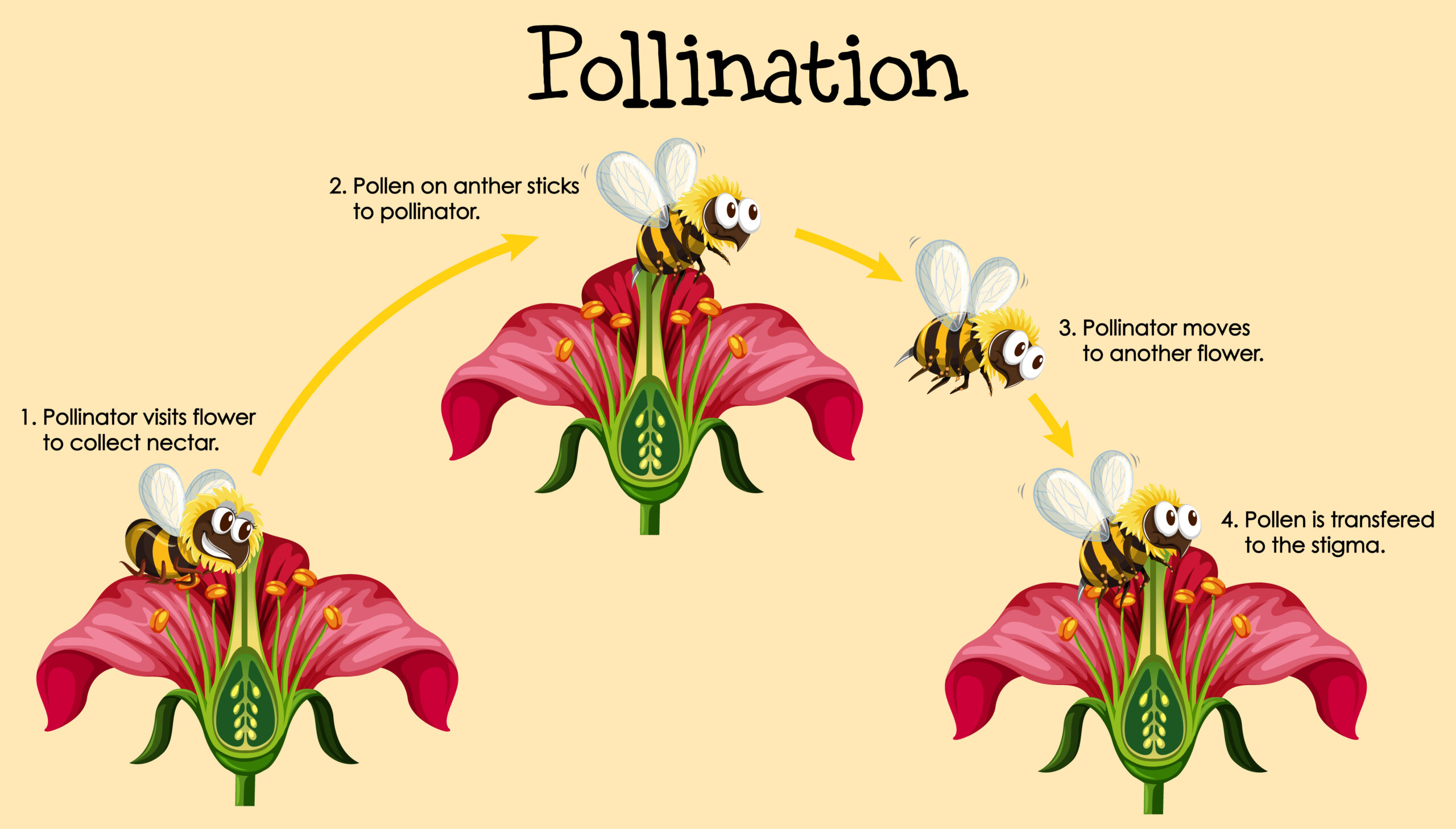Planning a seasonal flower garden at home can be a rewarding and fulfilling experience. Not only does it beautify your outdoor space, but it also allows you to connect with nature and practice a sustainable lifestyle. However, starting a flower garden can also be a daunting task, especially if you’re a beginner. But fear not, with the right knowledge and preparation, you can create a garden that blooms all year round.
To start off, choosing the right plants for your climate is crucial. Different flowers thrive in different weather conditions, so it’s important to research which ones are suitable for your area. This will save you time, money, and effort in the long run, and ensure that your garden flourishes with minimal maintenance.
Once you’ve determined the plants that will thrive in your climate, it’s time to map out your garden design. This involves deciding on the layout, size, and arrangement of your flower beds, as well as the colors, textures, and heights of your plants. With a clear plan in place, you can start preparing your soil and planting your garden with confidence.
Choosing the Right Plants for Your Climate
It’s crucial to pick the proper flora for your region so that your garden thrives in the long run.
You want to choose plants that are suited to your climate, as well as the soil conditions in your area. This will ensure that your flowers grow strong and healthy, and that you don’t waste time and money on plants that won’t survive.
When selecting plants for your seasonal flower garden, consider both planting techniques and soil considerations.
For example, if you live in a hot, dry climate, you may want to choose plants that are drought-tolerant and can handle high temperatures. On the other hand, if you live in a cooler, wetter climate, you’ll want to choose plants that can handle more moisture and cooler temperatures.
Additionally, be sure to consider the type of soil in your area, as different plants have different soil preferences. For example, some plants prefer acidic soil, while others prefer alkaline soil.
By taking the time to choose the right plants for your climate and soil, you’ll be setting yourself up for a successful and beautiful seasonal flower garden.
Mapping Out Your Garden Design
Get ready to visualize your dream space by charting out your garden design. A well-planned garden design can make all the difference in creating a beautiful and functional space.
Start by considering your garden’s layout ideas, including the size and shape of your garden bed or border. Think about the color schemes and flower combinations you want to include, and how you can arrange plants to create the most impact.
When mapping out your garden design, consider the height of plants and their placement in relation to each other. You’ll want to create a balance between tall and short plants, and make sure that taller plants are placed towards the back of your garden bed or border.
Think about how you can create depth and texture in your garden design, using different types of plants and foliage. Don’t be afraid to experiment with different combinations until you find the perfect mix for your space.
With careful planning and attention to detail, you can create a stunning seasonal flower garden that will bring you joy and beauty for years to come.
Preparing Your Soil for Planting
Now that you’ve mapped out your dream space, it’s time to roll up your sleeves and get your hands dirty by preparing the soil, like a baker preparing their dough for a delicious pie.
The first step is to test your soil to determine its pH level and nutrient content. You can purchase at-home soil testing kits or send a sample to a local lab for a more thorough analysis. Once you know your soil’s needs, you can amend it accordingly.
One way to improve your soil is through composting techniques. Composting involves breaking down organic matter, such as food scraps, yard waste, and leaves, into a rich, nutrient-dense soil amendment.
You can create your own compost bin using materials like chicken wire or purchase one from a garden center. Be sure to layer your compost with ‘green’ materials, such as grass clippings, and ‘brown’ materials, such as dried leaves, to ensure a balanced mix.
With a little bit of preparation, your soil will be ready to nourish your seasonal flower garden and help it thrive.
Planting and Maintaining Your Garden
As you start planting and taking care of your beautiful green space, you’ll witness how every day your hard work pays off in the form of vibrant colors and fresh scents.
One important aspect to consider is companion planting. This technique involves planting different types of plants together in order to benefit from the natural pest control, soil improvement, and pollination that they provide each other. For instance, planting marigolds alongside your vegetables can help repel harmful insects and attract beneficial ones, such as bees and ladybugs. Similarly, planting herbs like basil or rosemary next to your flowers can improve their fragrance and taste, while also deterring pests.
Another option to consider is container gardening, which allows you to have a flower garden even if you have limited space or poor soil quality. Containers can be made of various materials, such as terracotta, plastic, or metal, and come in different sizes and shapes. When choosing your containers, make sure they have drainage holes at the bottom to prevent waterlogging.
You can also use potting soil or a mixture of soil, compost, and perlite to ensure proper drainage and nutrition. Additionally, make sure to water your plants regularly and fertilize them as needed, following the instructions on the package.
With these tips in mind, you can create a beautiful and thriving seasonal flower garden at home.
Tips for Extending Your Garden’s Blooming Season
If you want to enjoy a longer and more colorful flower garden display, try out these tips for extending the blooming season.
Companion planting is a technique where you plant different types of flowers and plants together. This can benefit your garden in many ways, such as creating a more diverse ecosystem, increasing pollination, and deterring pests. When it comes to extending your garden’s blooming season, companion planting can be especially helpful.
By choosing plants that bloom at different times of the year, you can create a garden that has flowers in bloom throughout the growing season.
Another tip for extending your garden’s blooming season is to use deadheading techniques. Deadheading is the process of removing spent blooms from a plant. This not only improves the plant’s appearance but can also encourage it to produce more flowers.
By removing spent flowers regularly, you can encourage plants to keep blooming throughout the growing season. Deadheading can also help prevent plants from going to seed too quickly, which can shorten their blooming period.
So, make sure to keep up with deadheading and your garden will reward you with a longer and more vibrant blooming season.
Conclusion
Congratulations! You’ve successfully planned and created your very own seasonal flower garden at home!
With the right plants for your climate, a well-thought-out garden design, and proper soil preparation, you’ve ensured a beautiful and flourishing garden for all to enjoy.
But why stop there? With a little extra effort, you can extend your garden’s blooming season and continue to enjoy the beauty of your flowers well beyond their expected lifespan.
By deadheading spent blooms, providing a consistent water supply, and fertilizing regularly, you can keep your garden looking fresh and vibrant for much longer.
So keep up the good work and enjoy the fruits (or rather, flowers) of your labor all season long!









